UMRN stands for Unique Mandate Reference Number that is associated with banking and finance. To understand UMRN better, you also need to know the concept of how mandate and NACH work. This article will cover these three co-related terms in simple words. So next time you read these words in any document or somewhere else, you understand them without any doubt.
What is UMRN?
For every transaction that happens through e-NACH and e-Mandate platforms, a unique identification number is generated automatically. This unique number is nothing but UMRN.
NACH stands for National Automated Clearing House. NPCI introduced this system for Banks, Financial Institutions, Corporates and the Government. This high-volume automated method is used for repetitive transactions. For example, an EMI payment or a monthly premium for insurance. Also, this system is used for bulk payments like salary, pension, subsidies, etc. Currently, HDFC, SBI and total 40 banks are under this system.
The mandate also works the same way where a customer can avoid the hassle of manual repayment. Once you agree to a mandate, a specific amount will be deducted automatically from your account for a specific period like monthly or quarterly. However, unlike e-NACH, e-Mandate is governed by individual banks. Only 4-5 banks currently use this system.
To set up e-NACH or e-Mandate for your payment, you can use the merchant website. Through net banking, you can enable the process. Just complete a one-time net banking transaction authorization and then it’ll start happening automatically. During this mandate creation, a UMRN number will be generated. This number is required to complete each automated transaction. If you want to amend or cancel the payment process, again this UMRN number will be needed.
How does UMRN Number work?
- First, you need to sign a mandate document offered by the institute (bank or any other finance group). You need to agree to the terms and conditions mentioned there.
- Through this document, you authorise the company or bank to debit a certain amount of money out of your personal account. This process will be repeated and consistent unless the whole amount is paid.
- The respective sponsor bank or corporation sends this signed documentation to the NPCI (for e-Mandate, the banks will handle the documents themselves).
- After validation, the issuing bank will either approve or reject the automated payment request. This decision depends on whether the issuing bank is complying with the requirements set by the sponsor bank.
One common question one customer will have after setting up the auto-payment process is, how to get the UMRN. As you request for the auto-debit, a success message will be sent to your email ID and phone number that you provided. Through that, you can access UMRN. Note this number for future reference. If you decide to edit or cancel the payment, this number will come in handy.
Conclusion
To avoid another penalty for missed payments, to save time for repetitive payments or to keep the payment process documented properly, UMRN with e-NACH is definitely worth opting for. Hope this article has provided a clear idea of this unique identifier number, its meaning, how it works, and how to find it in your case.
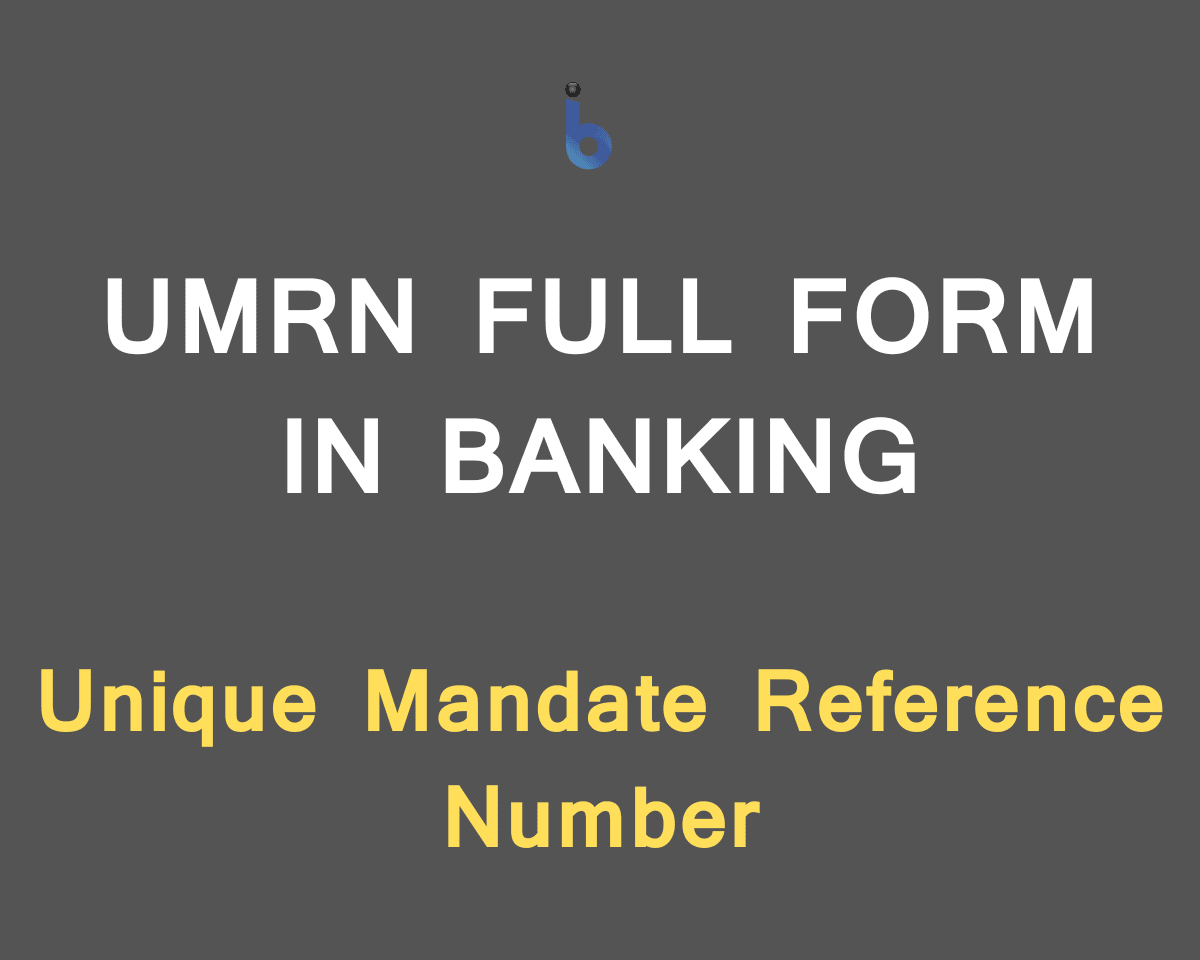

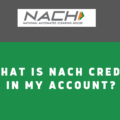
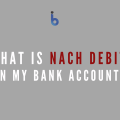
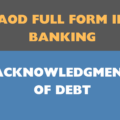
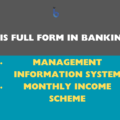
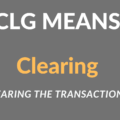
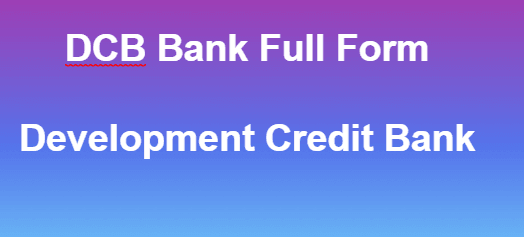
Be the first to comment